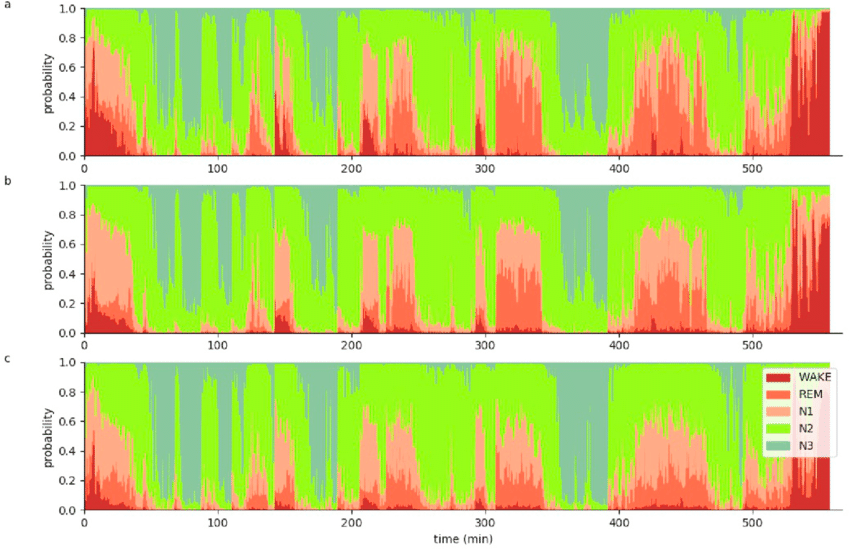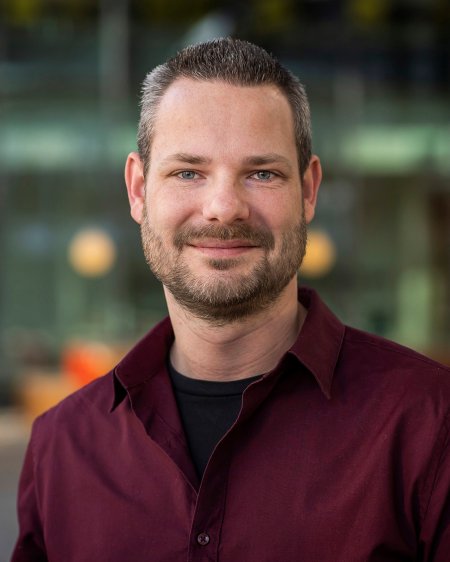Project: Exploration and Analysis of Hypnodensity Sleep Data
Description

Traditionally, assessing sleep, and sleep disorders, is performed using Polysomnography (PSG). PSG focuses on the measurement and analysis of brain activity, eye movements, and muscle activity to determine whether a subject is awake or asleep, and in which sleep phase someone is (light sleep, deep sleep, or Rapid Eye Movement (REM) sleep)) From the PSG, the overnight sleep pattern can be summarized in a so-called hypnogram, a graphical representation of the successive sleep phases over time. The sleep phase is typically determined by assessing each 30 second epoch measurements by a clinician that determines the most dominant stage. However, this approach has limitations and is prone to subjectivity of the clinician. Therefore, recently, based on automatic sleep-staging, a hypnodensity graph has been introduced. The hypnodensity graph provides a probability distribution over sleep stages per epoch (rather than a single score). The hypnodensity graphs has a higher granularity and opens up possibilities for more detailed analysis and new insights in sleeps disorders. Due to their recent introduction, not much research has been conducted on the visualization, exploration, and analysis of this novel data representation.
Therefore, in this Master project we develop novel ways to represent, explore, and analyse this data. The project starts by understanding the data and the associated user tasks (what is interesting to the somnologists and neuroscientists). Next, an interactive visualization prototype needs to be developed that enables and supports the identified tasks (possibly by integrating machine learning methods). Finally, an evaluation should be conducted to test the implemented approach on effectiveness. To this end the developed approach will be used for exploratory research on real sleep data from Sleep Medicine Center Kempenhaeghe.
The project is expected to last 6 months, and at the end, the student should deliver a report describing the work performed, the methodology used, and corresponding findings. It is expected that the results can be used in a scientific journal publication. The project is co-supervised by Merel van Gilst (neuroscientist and somnologist) working at the Department of Electrical Engineering and Sleep Medicine Centre Kempenhaeghe.
Requirements:
- Good programming skills
- Visualization knowledge on design-centered approach (e.g., Munzner)
- Ability to use and apply ML models
- Eagerness to understand the medical background
Details
- Student
-
NBNora Bouwman
- Supervisor
-
 Stef van den Elzen
Stef van den Elzen
- Secondary supervisor
-
MGMerel van Gilst (EE & Kempenhaeghe)